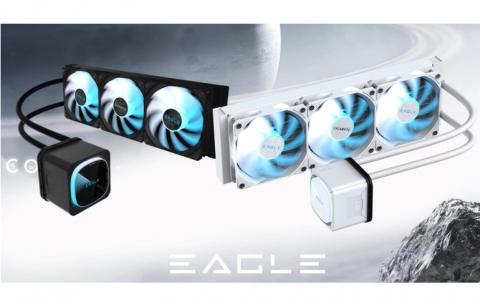
Samsung Improves Quantum Efficiency and the Lifetime of the QLED Elements
A duo of researchers and fellows at Samsung Electronics proved the potential of Quantum dot light-emitting diodes (QLEDs) for commercial purposes in a new study.
This study on the commercialization of QLEDs was published by Nature science journal.
The authors of this project are Dr. Eunjoo Jang, Samsung Fellow, and Dr. Yu-Ho Won, a Principal Researcher at the Samsung Advanced Institute of Technology. By improving the structure of Quantum Dots, the team managed to hugely improve quantum efficiency, as well as extend the lifetime of the QLED element. The team found, at the conclusion of their study, that their method had improved quantum efficiency by 21.4% and increased the QLED lifetime to a million hours.
“Thanks to Samsung’s distinctive core material technology, we were able to work towards exploring the potentials of next-generation displays,” noted Dr. Jang. “Going forward, we are looking to expand the range of development of ecofriendly displays by adopting Quantum Dots in new structures.”
In 2015, Samsung launched its Cadmium-free (Cd-free) Quantum Dot TV and continues to lead the development of next generation eco-friendly displays, having obtained over 170 patents on element structure to this end.
Quantum dot (QD) light-emitting diodes (LEDs) are ideal for large-panel displays because of their excellent efficiency, colour purity, reliability and cost-effective fabrication. Efforts have produced red-, green- and blue-emitting QD-LEDs with efficiencies of 20.5 per cent, 21.0 per cent and 19.8 per cent, respectively, but it is still desirable to improve the operating stability of the devices and to replace their toxic cadmium composition with a more environmentally benign alternative. The performance of indium phosphide (InP)-based materials and devices has remained far behind those of their Cd-containing counterparts.
In the paper, the researchers present a synthetic method of preparing a uniform InP core and a highly symmetrical core/shell QD with a quantum yield of approximately 100 per cent. In particular, they add hydrofluoric acid to etch out the oxidative InP core surface during the growth of the initial ZnSe shell and then they enable high-temperature ZnSe growth at 340 degrees Celsius. The engineered shell thickness suppresses energy transfer and Auger recombination in order to maintain high luminescence efficiency, and the initial surface ligand is replaced with a shorter one for better charge injection. The optimized InP/ZnSe/ZnS QD-LEDs showed a theoretical maximum external quantum efficiency of 21.4 per cent, a maximum brightness of 100,000 candelas per square metre and an extremely long lifetime of a million hours at 100 candelas per square metre, representing a performance comparable to that of state-of-the-art Cd-containing QD-LEDs. These as-prepared InP-based QD-LEDs could soon be usable in commercial displays.





















